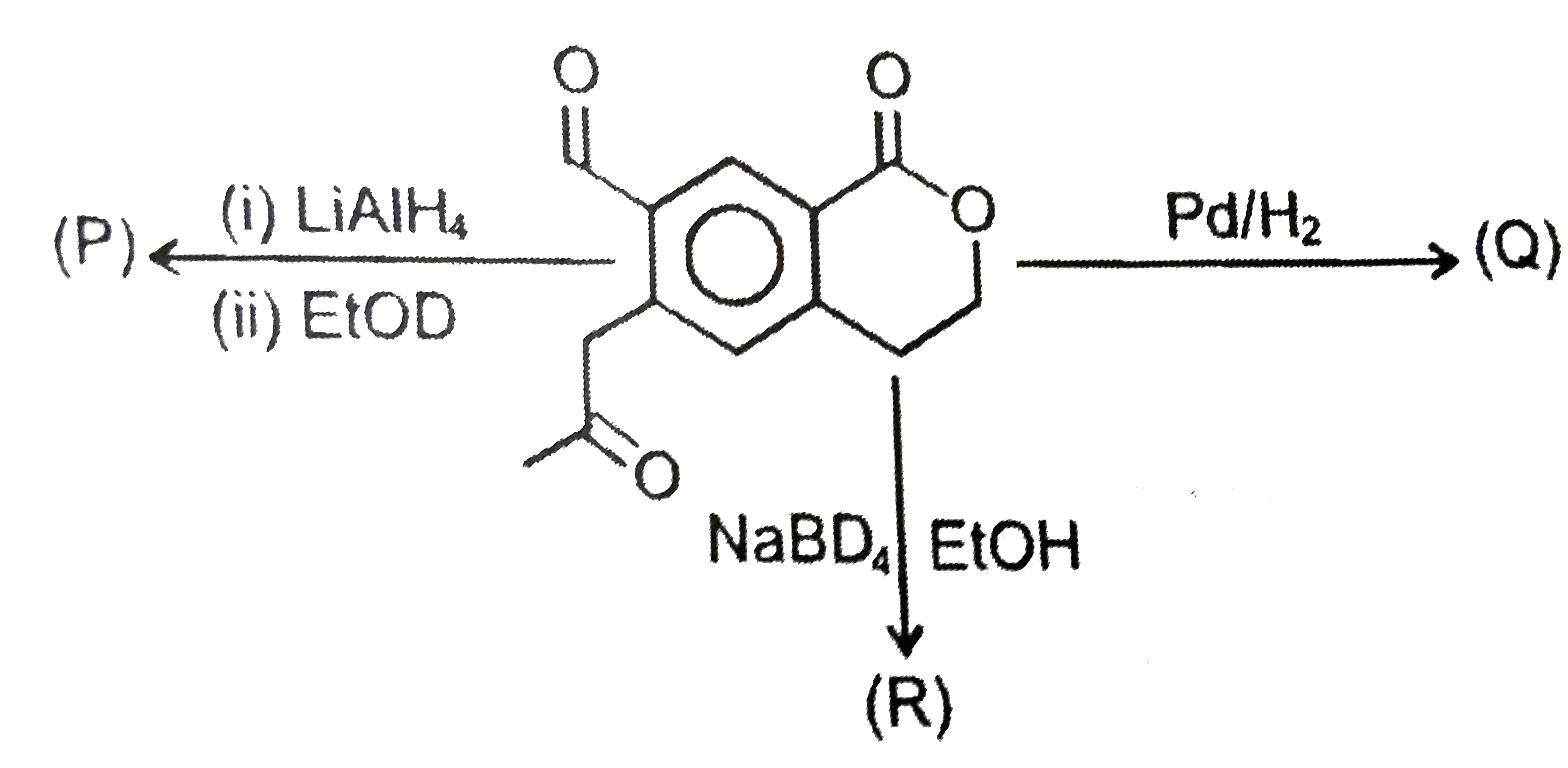
(P) and (Q) respectively are
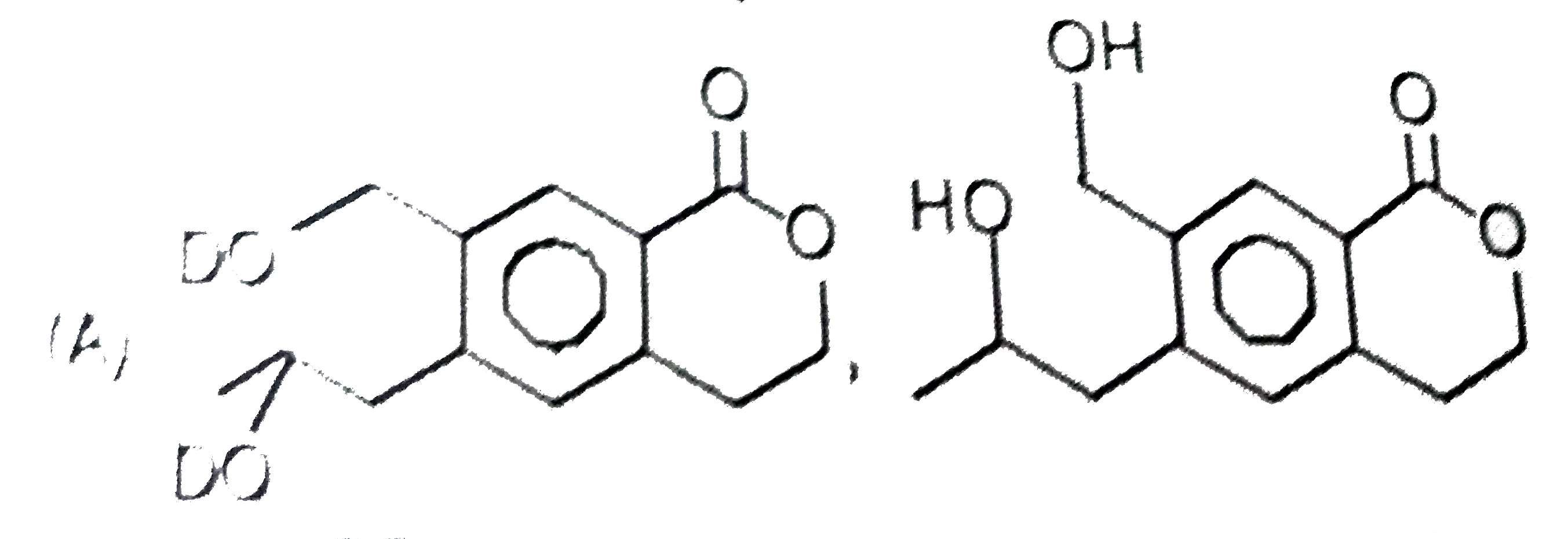



The correct Answer is:D
Step by step video & image solution for (P) and (Q) respectively are by Chemistry experts to help you in doubts & scoring excellent marks in Class 11 exams.
Updated on:21/07/2023Topper's Solved these Questions
- REDUCTION, OXIDATION & HYDROLYSIS REACTIONSBOOK - RESONANCE ENGLISHCHAPTER - REDUCTION, OXIDATION & HYDROLYSIS REACTIONSEXERCISE - Part-I : Jee (Advanced) (Previous years)
12 Videos
- REDUCTION, OXIDATION & HYDROLYSIS REACTIONSBOOK - RESONANCE ENGLISHCHAPTER - REDUCTION, OXIDATION & HYDROLYSIS REACTIONSEXERCISE - Part-II JEE (Main) AIEEE Problems (Previous Years)
16 Videos
- REDUCTION, OXIDATION & HYDROLYSIS REACTIONSBOOK - RESONANCE ENGLISHCHAPTER - REDUCTION, OXIDATION & HYDROLYSIS REACTIONSEXERCISE - Part-III: One or more than one options correct type
4 Videos
- PERIODIC TABLE & PERIODICITYBOOK - RESONANCE ENGLISHCHAPTER - PERIODIC TABLE & PERIODICITYEXERCISE - ORGANIC CHEMISTRY(BASIC CONCEPTS)
27 Videos
- S BLOCK ELEMENTSBOOK - RESONANCE ENGLISHCHAPTER - S BLOCK ELEMENTSEXERCISE - ORGANIC CHEMISTRY(Biomolecules & Polymer)
4 Videos
Similar Questions
Two different Grignard reagents (X) and (Y ) produce C6H5CH2C(CH3)2OH on reaction with (P) and (Q) respectively. Give the structure of (X),(Y),(P) and (Q).
View SolutionIn the figure, given, ABC is a triangle and BC is parallel to the y-axis. AB and AC intersect the y-axis at P and Q respectively.
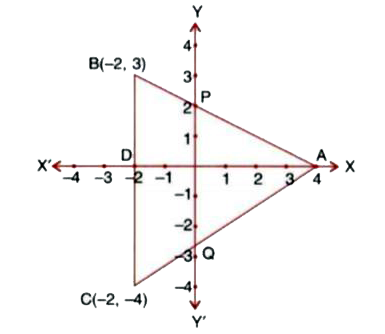
Write the co-ordinates of A.
View Solution
Knowledge Check
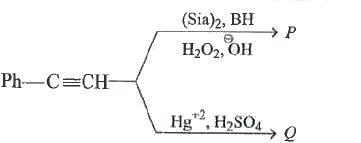
P and Q are respectively :A B
B C
C D
D
A current I is passing through a wire having two sections P and O of uniform diameters d and d/2 respectively. If the mean drift velocity of electrons in section P and Q is denoted by vP and vQ respectively, then
View Solution
P and Q are respectively.
View SolutionIdentify P and (Q) respectively in the given reaction :

View SolutionIf in the circuit shown below, the internal resistance of the battery is 1.5Ω and VP and VQ are the potential at P and Q respectively, what is the potential difference between the point P and Q?
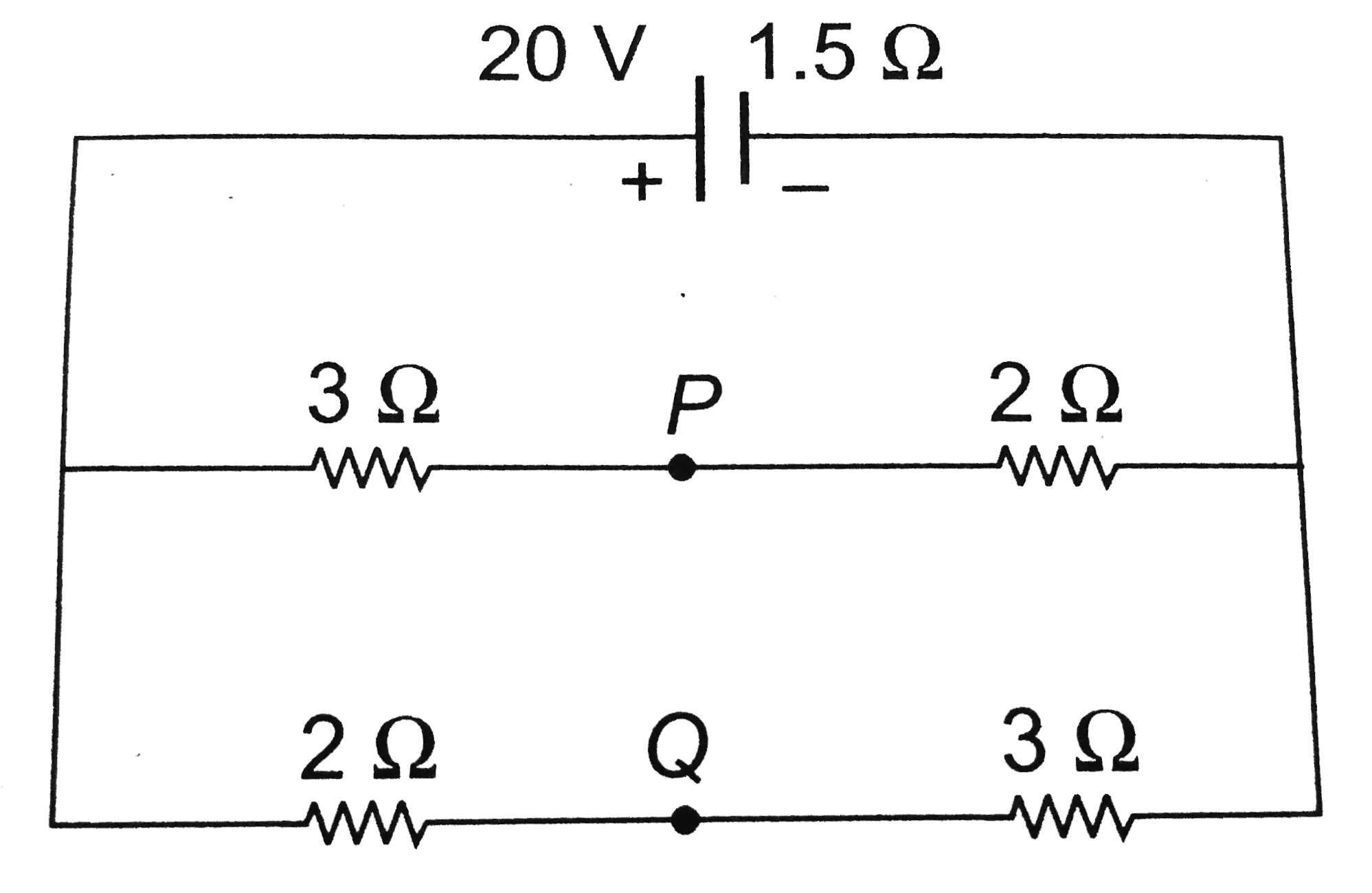
View SolutionThe tangent and normals at the ends of a focal chord of a parabola meet in PandQ respectively. Then slope of PQ is : (A) 1 (B) 0 (C) undefined (D) √3
View SolutionThe tangent drawn at any point of the curve √x+√y=√a meets the OX and OY axes at points P and Q respectively, prove that OP+OQ = a.
View SolutionIn Fig.100, AB∣∣CD and EF is a transversal intersecting AB and CD at P and Q respectively. The measure of ∠DQP is (a) 65 (b) 25 (c) 115 (d) 105
View Solution
